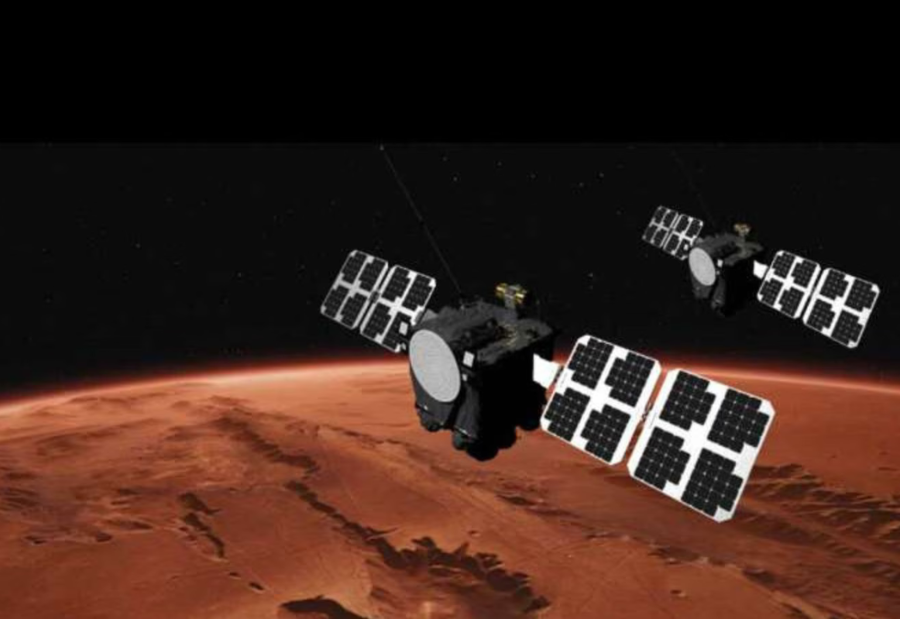NASA is preparing for its first twin-satellite mission to another planet. The Escape and Plasma Acceleration Dynamics Explorers (ESCAPADE), two identical spacecraft, are scheduled to launch from Cape Canaveral, Florida, no earlier than Sunday, 9 November.
Once in orbit around Mars, the spacecraft will map the planet’s upper atmosphere, ionosphere, and magnetic fields in three dimensions. The mission is managed by a leading university in California, which has named the two spacecraft Blue and Gold. ESCAPADE will also be the first mission to use a new trajectory to reach Mars.
Previous missions to the planet used the Hohmann Transfer route, which takes seven to eleven months and offers limited launch windows every 26 months. While fuel-efficient, this route restricts timing flexibility. ESCAPADE will instead travel first to a Lagrange point, where the gravitational pull of the Sun and Earth is balanced. From there, it will enter a 12-month orbit around Earth shaped like a kidney bean before using Earth’s gravity to slingshot toward Mars in early November 2026.
The twin probes, Blue and Gold, are expected to reach Mars in early 2027. Before arrival, they will activate their instruments, including boom arrays and data processing systems. The mission aims to create a detailed map of Mars’s magnetic fields to help prepare for future human landings.
Unlike Earth, Mars lost most of its atmosphere about four billion years ago. Without it, the planet is constantly exposed to intense radiation from solar storms. Last year, NASA’s Curiosity rover recorded one such storm that produced in a single day the same amount of radiation typically emitted by the Milky Way over 100 days.
According to Robert Lillis, Chief Investigator for ESCAPADE, space weather data will be crucial to “forecast solar storms whose radiation could harm astronauts on the surface of Mars or in orbit.”
Previous studies have found that while Mars lacks a global magnetic field, it still has strong local magnetic regions created by its crust. These can push solar wind nearly 1,500 kilometres from the surface, sometimes disrupting radio communications. “Knowing how the ionosphere varies will be a really important part of understanding how to correct the distortions in radio signals that we will need to navigate on Mars and communicate with each other,” Lillis said.
The two probes will travel together but operate in separate orbits to provide a three-dimensional view of how solar wind interacts with Mars’s atmosphere.
Also read: Viksit Workforce for a Viksit Bharat
Do Follow: The Mainstream formerly known as CIO News LinkedIn Account | The Mainstream formerly known as CIO News Facebook | The Mainstream formerly known as CIO News Youtube | The Mainstream formerly known as CIO News Twitter
About us:
The Mainstream formerly known as CIO News is a premier platform dedicated to delivering latest news, updates, and insights from the tech industry. With its strong foundation of intellectual property and thought leadership, the platform is well-positioned to stay ahead of the curve and lead conversations about how technology shapes our world. From its early days as CIO News to its rebranding as The Mainstream on November 28, 2024, it has been expanding its global reach, targeting key markets in the Middle East & Africa, ASEAN, the USA, and the UK. The Mainstream is a vision to put technology at the center of every conversation, inspiring professionals and organizations to embrace the future of tech.




